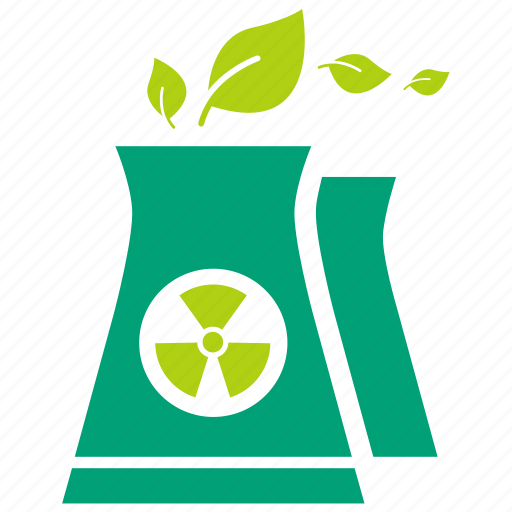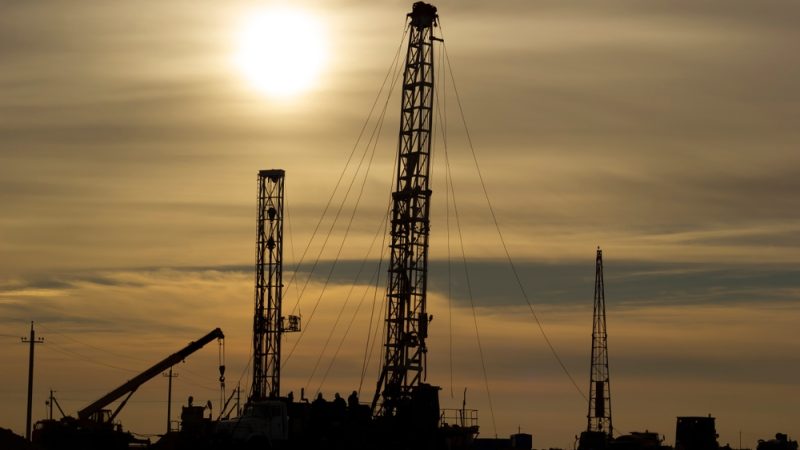The war in Ukraine and talks of energy independence are pushing superpowers to turn to nuclear, driving uranium prices up again after a 10-year slump, and raising concerns that supply shortages are not to be ruled out in the long run.
Global supply of natural uranium, a mineral critical to nuclear energy, is coming back into the media spotlight following July’s coup in Niger, the world’s sixth-largest producer.
French nuclear mogul Orano, which exploits one mine in Niger, asserted the political situation in the Sahel did not threaten uranium supplies in France and the EU, confirming they have “20-year resources and reserves, through a four-continent-wide production and growth projects”, a spokesperson told EURACTIV.
Experts also agree there is no short-term ‘uranium problem’: until very recently, the mineral was “overabundant and accessible at low prices,” Raphaël Danino-Perraud, associate researcher at IFRI, a think-tank, said in a conversation with EURACTIV.
But all also flag that demand is going up in new, unprecedented ways, as large superpowers turn to nuclear to ramp up energy independence, and the ‘Fukushima scare’ is over.
Could the world be headed for a uranium shortage?
10-year price slump…
Tristan Kamin, a nuclear safety engineer contacted by EURACTIV, ruled out any significant disruptions in the next few years. Uranium resources are so far abundant, existing in large quantities in both discovered and exploited ‘resources’, as well as yet-unexplored ‘reserves’.
The International Atomic Energy Agency (IAEA) estimates the world has a reliable 175 years’ worth of uranium usage ahead, in light of the expected resources, and the average annual uranium extraction. This is higher than coal (132 years) and crude oil and gas (approximately 50 years).
But the problem lies in the time it takes to exploit a newly found reserve: “There can be a 20-to-40-year time lag,” Kamin said. Meanwhile, mining companies have been discouraged from investing in the sector due to slumping market prices.
After the 2011 Fukushima nuclear accident, demand for natural uranium fell drastically as governments divested from nuclear energy.
After a steady price increase in the mid-2000s, reaching an exceptional, one-off $140/lb peak in the summer of 2007, uranium prices plateaued in the $50/lb range, increasing slightly to $70/lb in early 2011 before slumping down to $25/lb on average following Fukushima.
… but not anymore
But demand is on the up again.
The price of uranium “doubled in two years”, Teva Meyer, a nuclear geopolitics expert, told EURACTIV, topping $56/lb in mid-August 2023. This marks a market “anticipation of uranium demand growth in the next years,” the Orano spokesperson added.
The “Fukushima scare” is over, Kamin said, with China doubling down on nuclear, and implementing the world’s largest programme, having opened 21 reactors between 2017 and 2022.
France, a historically pro-nuclear actor, also marked its intention to build six new-generation EPR2 reactors by 2050.
At the EU level, general interest is also expected to increase: not only have some member states, for example, Poland, announced investments in nuclear, but the Commission’s Net-Zero Industry Act, a wide-ranging piece of legislation destined to decarbonise EU’s industry, recognises Small Modular Reactors (SMRs) as a technology that could contribute to decarbonisation.
The number of planned reactors is also increasing, and fast. “About 100 power reactors with a total gross capacity of about 100,000 MWe [megawatt electrical] are on order or planned, and over 300 more are proposed,” the World Nuclear Association (WNA) found in May 2023, atop the 440 already in activity.
As for the older generation, they have seen their lifetimes extended from 40 to 60 years approximately. By 2040, 123 reactors are expected to close and 308 to open, according to WNA numbers.
Supply crisis?
“We are waiting to see whether these announcements turn into real investments,” Meyer said.
But if they do, there is a risk they might stretch production resources, as existing mines are depleting faster than new ones can become fully functional.
As prices entered the 10-year trough, “the market reoriented towards countries with the lowest production costs” such as Kazakhstan, the world’s number one producer, the nuclear geopolitics expert added.
Mines that faced higher production costs due to more stringent labour and environmental standards, such as in Canada, fell off buyers’ radar.
In the 2011-2021 period, mines the world over were put to sleep, prospective work was halted, and mining companies’ economies of scale dwindled as the demand for new nuclear reactors dropped, Meyer explained.
“Major producing countries, including Canada and Kazakhstan, limited total production in recent years in response to a depressed uranium market,” coupled with a general pandemic slow-down, a joint IAEA and Nuclear Energy Agency report reads.
The WNA’s 2022 Fuel Report also highlights that “the four largest uranium producers have had reduced production output in 2016-2020”.
Mine shutdowns and production suspensions, “as well as reduced production levels, have resulted in a sharp decrease of global capacity utilisation factor,” it states.
But now, the increased market price has unlocked investment potential for mines that were historically too costly to exploit, such as those in Canada.
Ultimately, a supply crisis is “a long-run spectre, something that could perhaps happen far down in the future,” nuclear safety engineer Tristan Kamin told EURACTIV.
That could crystallise if many more nations turn to nuclear to most effectively decarbonise their electricity production, and rely on it in the global rise of electric vehicles.
“It’s a question we would never have asked ourselves 10 years ago,” Danino-Perraud said – though one that is becoming increasingly relevant to pose.



@Emil The downside of nuclear power
It’s a downside to any energy source. This is why I hate that France killed their ASTRID fast breeder reactor program a few years ago. It would’ve been terribly useful now since these units not only are 100x more efficient with nuclear fuel, but would also allow us to just ‘eat’ the so called ‘nuclear waste’, i.e. the spent nuclear fuel rods that still contain up to 96% of fuel inside. Sadly, Macron’s short sightedness is now potentially biting us.
@Emil Macron: fucking people wanting to retire, fucking workers, and fucking France’s nuclear infrastructure
@Emil I have an idea: France could make nice with former colonies, by being okay with nationalization of uranium mines and paying whatever demanded for uranium.